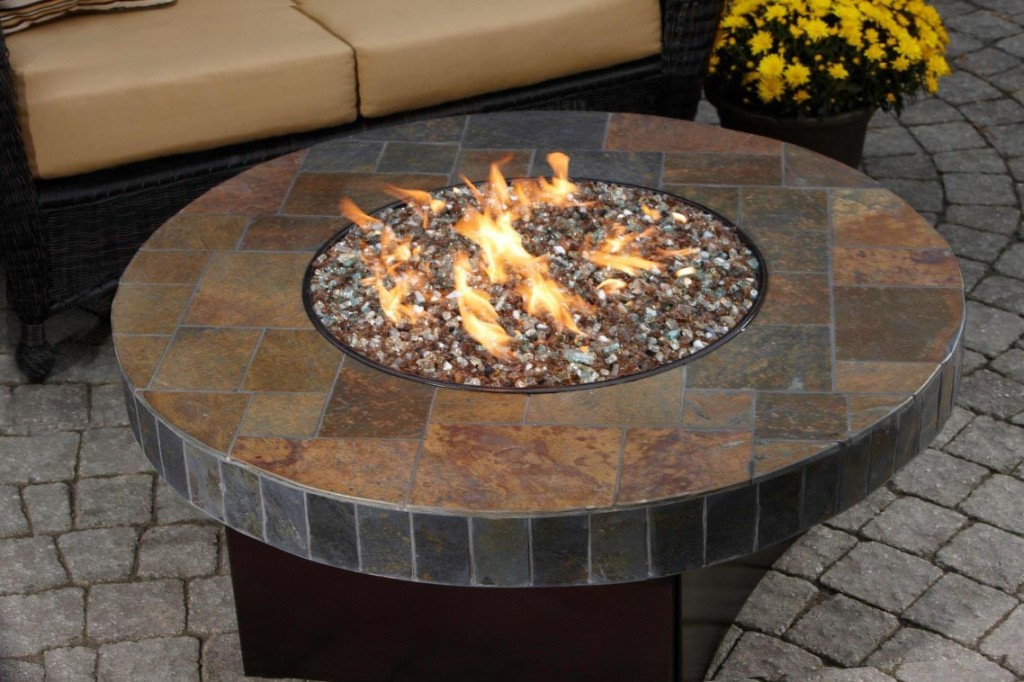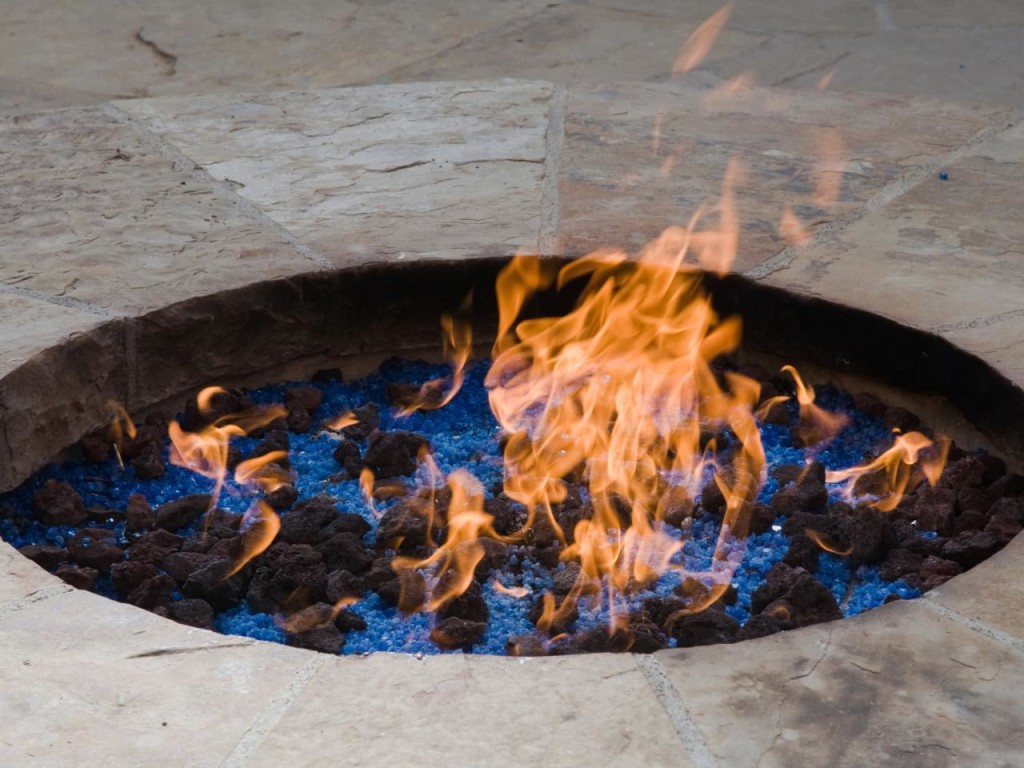If your backyard is paved, a paver fire pit is an excellent addition that can enhance both the aesthetic and functionality of your outdoor space. However, when integrating any new feature into your home’s design, it’s important to ensure that the structure complements the existing style rather than clashing with it. Creating harmony in your backyard design will not only elevate the look of the space but also ensure that your fire pit fits seamlessly into the environment, blending with other features without drawing unnecessary attention.





A well-planned fire pit should enhance your outdoor experience without disrupting the flow of your yard. Whether you’re hosting a social gathering or enjoying a quiet evening, the fire pit should be a natural extension of your space, offering both warmth and a focal point for relaxation.
DIY Paver Fire Pit: Simple, Creative, and Customizable
Many people enjoy the process of crafting their own outdoor features, and a DIY paver fire pit is a perfect project for those who love working with their hands. The best part? It’s a straightforward and cost-effective way to add a personal touch to your backyard. There are numerous ideas available online, and many of them are simple to implement with minimal time and effort. The key is to choose a style and design that will work well with your existing outdoor aesthetic.
Once you’ve decided on the perfect design for your fire pit, the next step is to select the materials that will bring it to life. You can choose from various types of pavers or stones that suit your style, from rustic to modern, ensuring that your fire pit is both functional and visually appealing.
Steps to Build a DIY Paver Fire Pit
Building a paver fire pit is relatively easy and doesn’t require advanced skills or tools. Here’s how to do it step-by-step:
- Examine the Area
Before you start, carefully examine the area where you plan to place your fire pit. Ensure that there are no underground pipes, cables, or other hazards in the spot you’ve chosen. It’s crucial to pick a flat and safe location to avoid any future complications. - Choose a Shape
The next step is deciding on the shape of your fire pit. The two most popular options are round and square. Both have their advantages, but the shape should complement the layout of your yard. A round fire pit often feels more natural and organic, while a square one can provide a more structured and contemporary look. - Dig the Pit
Once you’ve marked your desired location, start digging the area for your fire pit. You’ll need to create a shallow depression, typically around 6 to 12 inches deep, depending on the size of your fire pit. The depth will provide a solid base for the pavers and prevent the fire from getting too high or unstable. - Create the Mound
After digging the pit, you may want to create a small mound at the center to provide additional structure for your fire. This mound will help the fire stay focused and burn more efficiently. - Lay the Base Layer
Begin by laying the first layer of pavers around the perimeter of the fire pit. Arrange the pavers tightly, ensuring they fit snugly together to create a solid base. This layer will provide support for the subsequent layers and help the fire pit stay intact as it heats up. - Choose the Exterior Material
For the outer layer of the fire pit, select durable materials like paver stones or other decorative stones that fit your design style. These materials should look natural and blend in with your backyard without detracting from the overall landscape. Make sure that the height of the fire pit is not too tall, as this could obscure the view of the flames. You want to be able to enjoy the fire and, if desired, use the pit for cooking or grilling. - Consider Accessories and Seating
Once the fire pit is constructed, think about the accessories you’ll use around it. Comfortable seating, such as outdoor chairs or benches, can make the area more inviting. It’s also important to have grilling tools and supplies for cooking if you plan to use the fire pit for barbecuing. Stock up on marshmallows, meats, or veggies, so you’re ready for a relaxing evening of grilling and enjoying the fire.





Additional Tips for Your Paver Fire Pit
- Safety First: Always ensure your fire pit is built in a location far from any structures, trees, or flammable materials. It’s best to place the fire pit on a flat, non-combustible surface, like gravel or stone, to prevent accidental fires.
- Wind Considerations: Make sure the fire pit is placed in a sheltered area to avoid the wind blowing out the fire. You can add a windbreak around the pit or use a fire pit screen to control sparks.
- Maintenance: Over time, your fire pit may accumulate ash or debris. Regular cleaning will keep it in good condition and ensure it burns efficiently.
Conclusion: A Beautiful, Functional Addition to Your Backyard
A paver fire pit is a fantastic way to add warmth and charm to your backyard. Whether you’re looking to host outdoor parties, cook meals over an open flame, or simply enjoy a relaxing evening by the fire, a well-designed fire pit will become the centerpiece of your outdoor space. By following the right steps and selecting the materials and design that fit your style, you can create a functional and aesthetically pleasing fire pit that blends seamlessly with your backyard’s layout. Happy building!

Leave a Reply